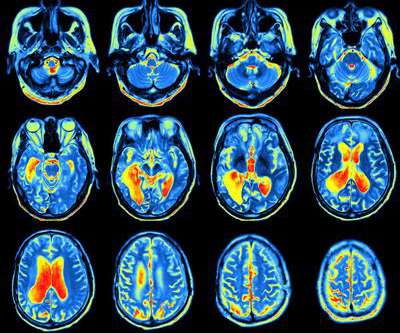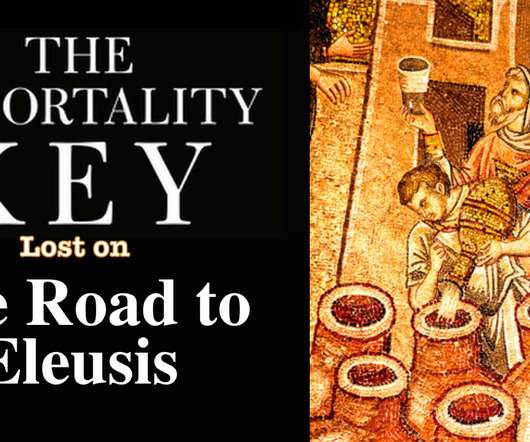Best strains and terpenes for nausea
The Cannigma
OCTOBER 2, 2022
Two studies from 2001 showed that THC acts via peripheral CB1 receptors to “decrease intestinal motility” but also acts centrally to “attenuate emesis” which, in simple terms, means reducing the speed at which food moves through your digestive tract and reducing nausea, respectively. CBD and nausea.












Let's personalize your content